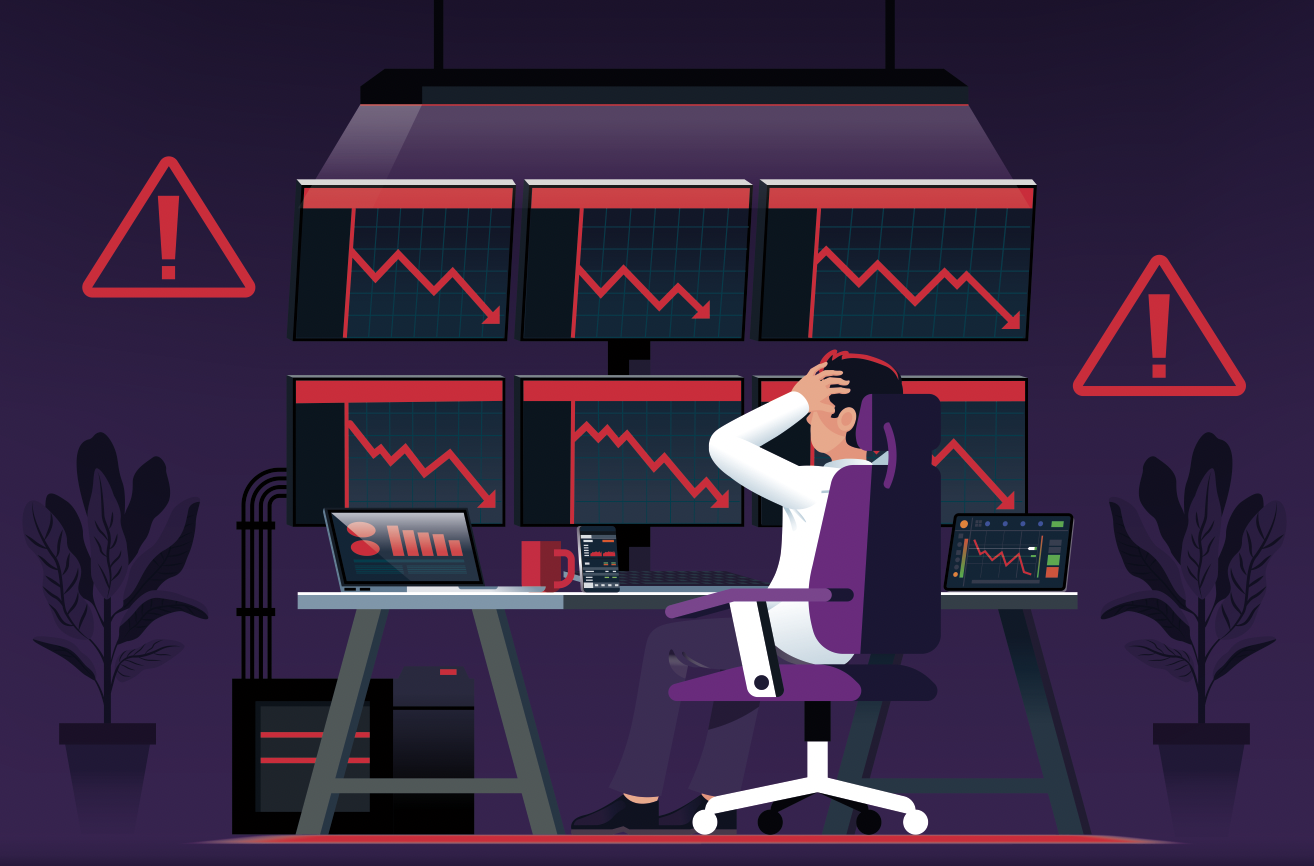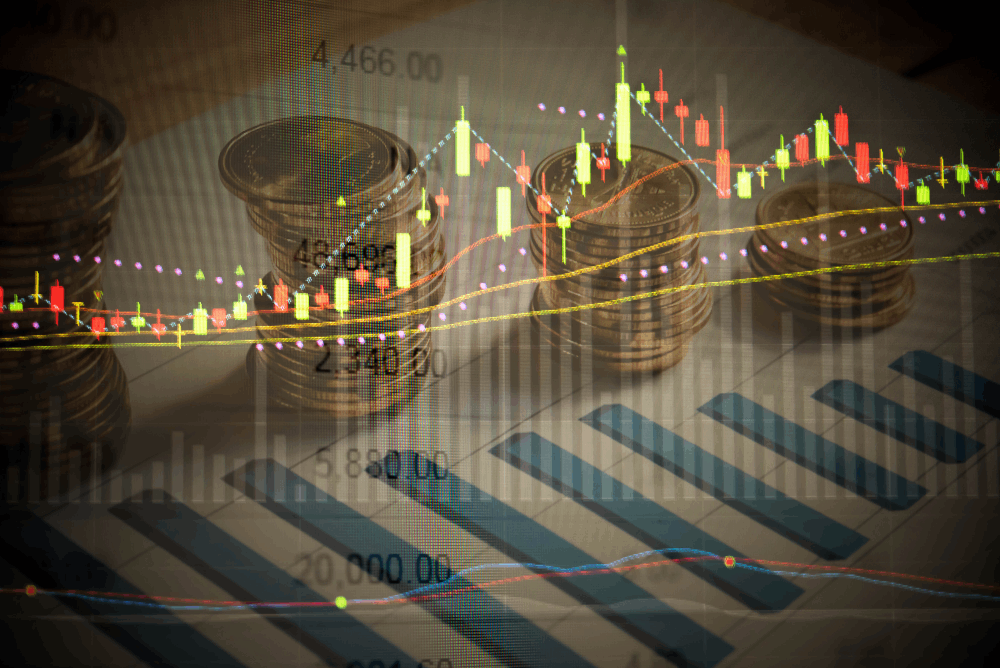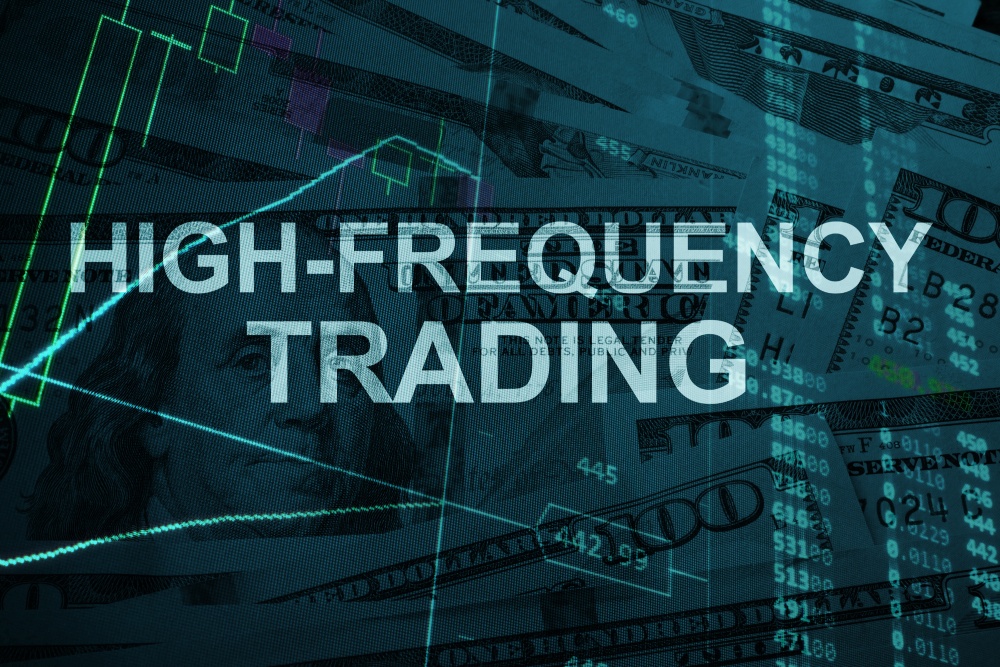5 Reasons Why Traders Fail

Trading in the stock market involves risk, many traders dive into trading head first, for a quick way to make money and eventually end up taking higher risks than they can afford. Without understanding the market technically and fundamentally as a trader you are adding to that risk.
1. Psychological pressure
Amplified emotions will lead to pricey mistakes such as emotions of greed and fear pushing investors to take impulsive decisions or the opposite, to wait too long missing opportunities or overtrading.
Traders tend to appear overconfident once they have a series of successful trades and set unrealistic expectations, but acting imprudently can also get you the opposite because Consistent profits are hard to achieve even for the best traders out there.
2. Poor Risk Management
Appreciated risk needs to be managed and calculated indefinitely to limit unnecessary losses, traders need to precisely measure their risk/reward ratio to be balanced and used to one’s advantage.
Many traders trade without a stop loss in place, if the trade wasn’t in their favor and there wasn’t a preset price limit to pull out of the position, then there’s no reward there. A lot of traders undermine the essential risk parameters resulting in a heavy loss.
3. High leverage
Traders use leverage to significantly multiply the returns on their investment and sometimes they disregard the fact that it magnifies the loss as much. In fact, with higher leverage the greater the loss if the investment isn’t successful.
Leverage can be a liability for many especially those who are unable to pay back the principal amount, leverage allows a trader to open high-risk positions with low capital, however, leverage is a double-edged sword, if a trader was unable to meet a marginal condition, the broker will prompt a margin call and other opened positions will be closed in which case the trader's account will be liquidated automatically.
4. No Trading plan
A lot of beginners as I previously mentioned dive head in first without any preparation or knowledge but a trading set plan that covers entry, exit, risk management, and position sizing should definitely limit losses. This is usually how traders know if their plan works or not, also reducing the hesitation, running around in circles, and indecisiveness.
Traders need to have a balance between risk and return. Weighing in risks in particular those that you can’t afford. A trading strategy is a fundamental part of obtaining success, trading strategies can help utilize many indicators or tools to identify trading opportunities and buy and sell signals making it easier to make important decisions.
Many amateur traders don’t investigate price action or history patterns, taking only a leap of faith but unfortunately, that’s not how it works.
5. Market conditions
As a trader, your trading strategies should be in sync with ever-changing market conditions. Different trading strategies should be used when market conditions change. Market conditions change drastically and out of the blue, one day it’s a smooth uptrend and the next day there’s an aggressive sell-off. Usually, macro events such as earnings, country economic indicators, and central bank announcements cause market conditions to change, so traders need to keep up with sudden and intense levels of volatility, especially trend traders.


